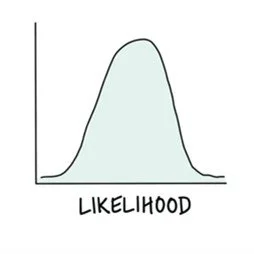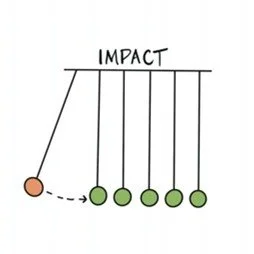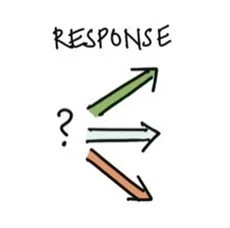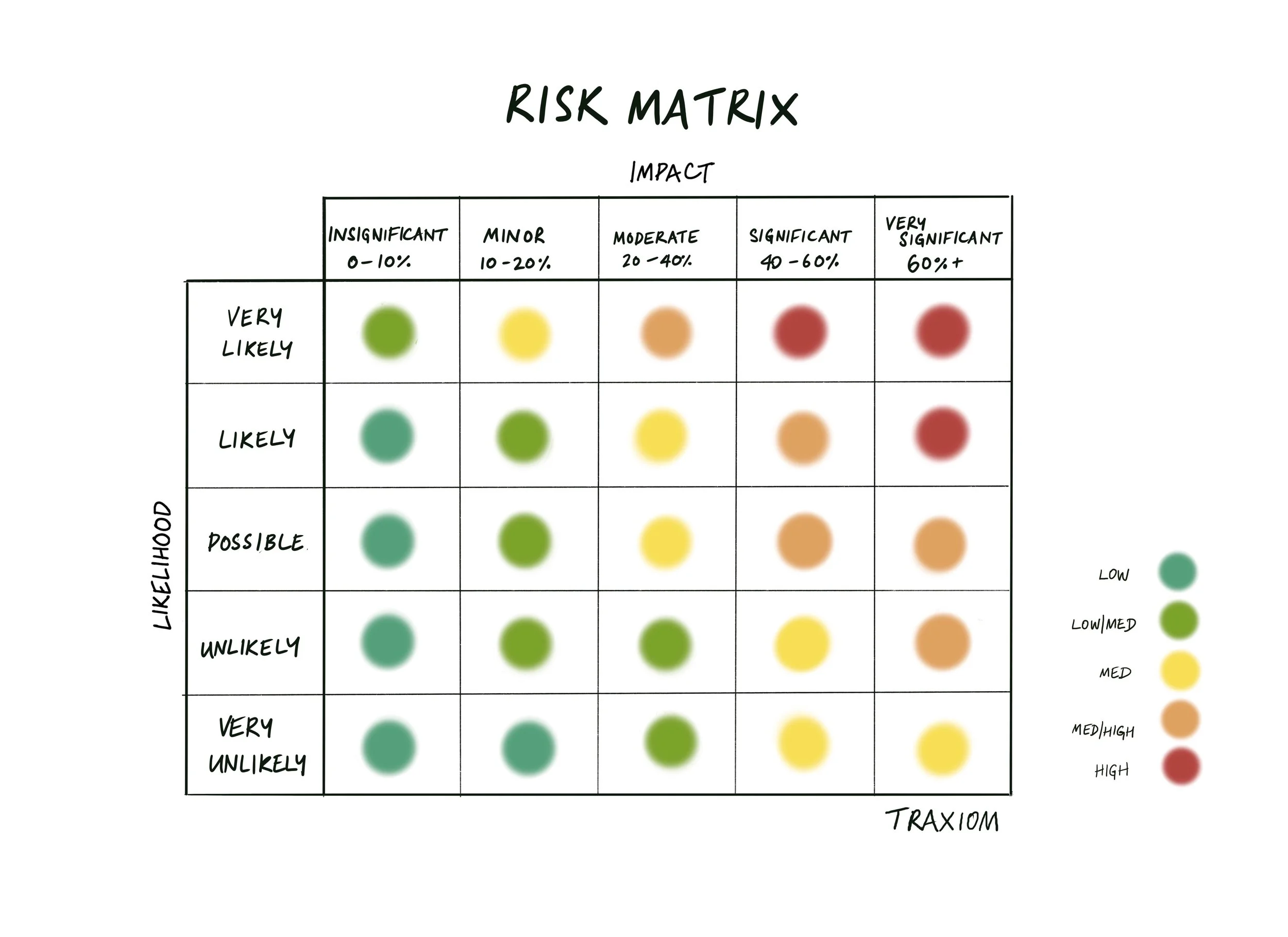Understanding Risk Matters
Have you ever encountered a situation where a challenge presented itself and you had a totally different take on how to approach it from other people? Are you more likely to dive right in or do you prefer to be more deliberate? Our level of comfort and tolerance to risk is a very personal matter.
When there is potential for change, do you see it as an opportunity to do something differently and leap in? There is not only one way of looking at things. Your ‘opportunity’ might be seen as an ‘obstacle’ for others.
What is defined as ‘appropriate’ risk-taking by one person may not be seen in the same light by others. If there is a difference in outlook, how do you typically respond?
Do you judge others for their difference?
Or are you open to see what you might learn from each other and what each person may bring to the situation?
The more we understand ourselves and others, the easier it becomes to draw on all the unique qualities we bring to help us assess risks and make decisions.
This is a short overview of some of the issues to consider and is not intended to be a definitive piece or any type of specific advice. It’s purely a piece to help us understand different perspectives.
Judgement is an important quality
When assessing risks we DO need to apply a level of judgement. Though not in the negative sense of the word!
The word ‘judgement’ gets quite a beat-up. This is because it’s become more commonly used negatively. To provide sound judgement is a strength. It’s when this strength is overplayed that it can cause problems.
According to the Merriam-Webster dictionary, the word ‘judgement’ means “the process of forming an opinion or evaluation by discerning.” This contrasts with being judgemental which is “characterised by a tendence to judge harshly or to be prone to making or expressing unfavourable judgements or comparisons.”
When we apply sound judgement, we are seen to be discerning, particular, wise, prudent, perceptive, and considered.
If we overplay judgement, we are perceived as critical, demanding, harsh, or fault-finding.
When we apply judgement, the delicateness of how we play it will have a big impact on how it’s perceived. As always, play it wisely.
Playing wisely to all of our strengths
We each have different strengths and when we overplay any of them, it can have a negative impact.
Overplayed optimism can stop us from considering all the issues and may encourage unhealthy risk-taking. The risk-takers can become impulsive and race off without thought. This might lead their more cautious counterparts to feel anxious or stressed. Impulsive action can distract us from our true focus, seeing us chasing the next ‘shiny thing’ which can potentially lead to a drain on resources if the action wasn’t required.
Too much pessimism can be a blocker to innovation and creativity. Risk-averse people may get caught in delay by considering things for too long. This can lead to a sense of frustration by the people who want to move forward – and potentially a missed opportunity.
It’s important to consider whether we have a natural strength in either of these areas and open ourselves up to the prospect of being challenged to help us find the sweet spot.
Our feelings matter
Our overall feelings in the current moment also impact our sensitivity to risk. It’s not to advocate being positive all the time. All our feelings have a role to play in helping us take a more balanced approach.
Positive feelings support us to think about the big picture. When we’re feeling positive, we’re more likely to be creative, innovative, and generate more ideas. We’re also likely to look at how we can make it work.
Neutral or slightly negative feelings help us take a more careful and considered approach. They help us look more at the detail, and see the risks and obstacles and how things might not work.
Although we all have a natural bias towards taking risk or avoiding risk, our feelings at the time can also have an impact.
Inspired by Salovey & Caruso’s “Mood Energy Chart” 2004
Our level of resources and energy levels matter
Our level of feeling resourced (or depleted) can impact our level of discernment of risks. If we’re feeling well supported, then we’re more likely to accept risks. When we’re feeling compromised – either physically, mentally, emotionally, or financially – it can influence our opinion and our willingness to be open to new things.
Just as we can’t completely avoid risks, we don’t have unlimited time - and there are very few people who have unlimited financial resources!
If people have commented that we’re appearing overly negative, it could be a good early warning sign. Perhaps it’s time to have a look at our resources and consider whether it’s possible that we’re feeling overstretched and see what we can do about it.
Above all else, show true consideration
When we experience a challenge, a change, or a new opportunity presents itself – it’s important to balance our speed of responsivity with our level of consideration. The goal as always is to consider each person’s unique perspective and to make a considered response rather than reacting in the moment.
Showing true consideration includes considering our personal qualities and strengths as well as the likelihood of any risks, and the severity of the impact. Only then can we form a true considered response.
LIKELIHOOD
Consider the likelihood that this risk may occur. Is it very likely that this risk will occur, or unlikely? Don’t forget to consider your strengths, natural bias, feeling in the moment, and level of resources.
IMPACT
Evaluate the possible impact of this risk if it occurs. Who is impacted? Will it have an insignificant impact, or will it be severe? Consider both the short-term and long-term nature of this impact, as well as how hard it will be to unravel the negative impact. Often you can afford to take faster action if you can unwind this impact faster or its severity is lower.
RESPONSE
Identify the overall risk of this undertaking. Is this low risk or high risk? If the risk is low, we can afford to move to action faster than if the risk is higher. Our ‘fast responder’ colleagues can lead the way forward if it’s lower risk, and our ‘deeply considered’ colleagues can support a more thorough assessment if the risks are higher.
If it’s a higher risk, our Impact Evaluator and Risks Factors tools might also be useful.
Want to take it further?
We have a ‘Risk Matrix’ tool that might be useful to help put risks into perspective.
Risk Matrix tool - contact us if you’d like a copy.
The visual tool helps you plot various risks on a matrix that shows both the likelihood and severity of the impact. This tool can support conversations with people who have a different way of seeing things and/or operating so that we can share perspectives with more openness and less judgement. The ultimate goal, as always, is to get on the same page, play to our strengths, and stop us all from ‘overdoing’ it.
If you’d like help exploring this more deeply, or would like a soft copy of any of our tools and details on how to them please reach out.






